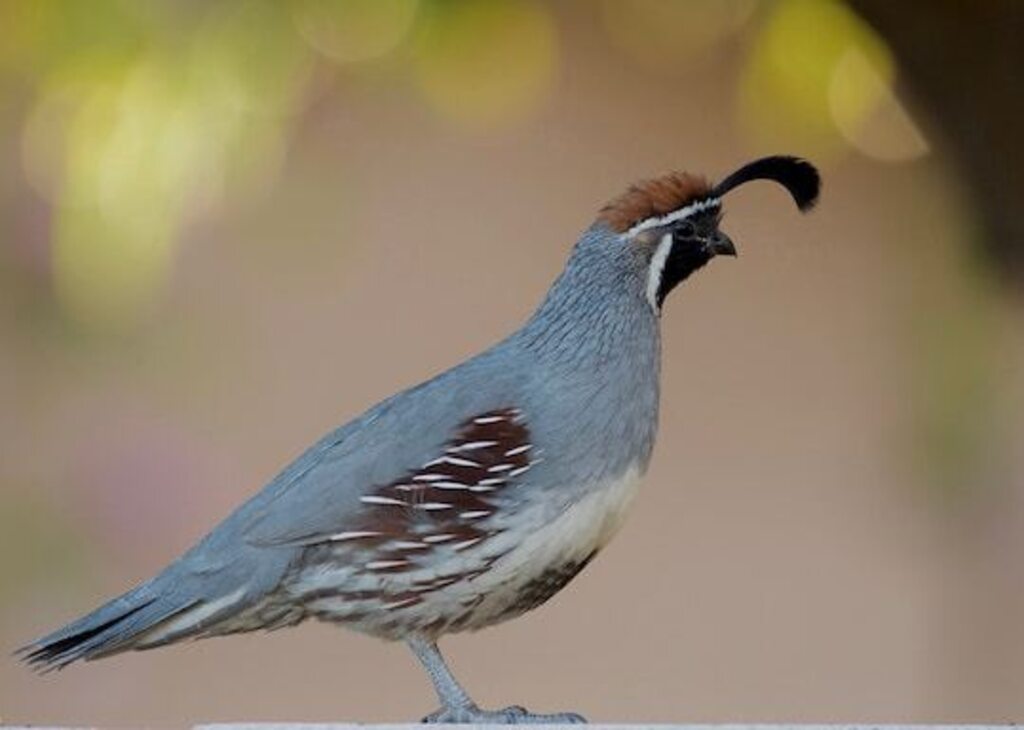The American Ornithological Society has taken a significant step toward addressing concerns about bird species named after individuals with controversial histories. In a move aimed at promoting inclusivity and respect, the organization plans to rename dozens of birds that have human monikers. This change signifies a broader effort to make birding more welcoming to individuals of all backgrounds.
Table of Contents
Key Takeaways
- The American Ornithological Society is renaming birds with controversial historical names to promote inclusivity and respect in birding.
- This change aims to create a more welcoming environment for bird enthusiasts of all backgrounds.
- Bird names hold significant power, and the effort underscores the importance of removing offensive connotations.
- Renaming birds allows a focus on their unique characteristics rather than commemorating historical figures.
- It’s part of a broader initiative to celebrate avian diversity and foster cultural sensitivity in the birding community.
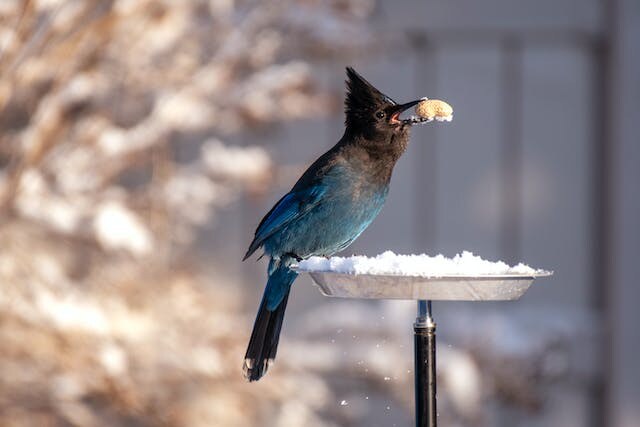
Renaming Birds Named After People
The practice of naming birds after individuals has a rich history in ornithology. In this section, we explore the reasons behind the American Ornithological Society’s move to redefine this tradition. We’ll discuss the scope of the renaming initiative and its significance for inclusivity and respect in birding.
The Power of Names
The names we assign to birds carry significant weight. They can either uplift or harm, and the American Ornithological Society recognizes the importance of ensuring that bird names are powerful in a positive way.
The decision to rename these birds stems from a growing understanding that certain names may have offensive or derogatory connotations, causing distress to some people and acting as a barrier to their participation in the world of birds.
Recognizing the Impact
Bird names have a profound influence on how we perceive and engage with these creatures. For years, the avian world has been described and labeled, often without regard for the broader cultural and historical contexts in which these names were coined. The power of names, however, should not be underestimated:
- Shaping Perceptions: Bird names can shape our perceptions and attitudes towards these species. A name that carries derogatory or offensive connotations can perpetuate stereotypes and create discomfort among bird enthusiasts.
- Barriers to Inclusivity: Offensive bird names can act as a barrier to inclusivity, preventing individuals from diverse backgrounds from fully engaging in the world of birding. This issue is especially pertinent when considering birds named after controversial historical figures.
- The Need for Inclusivity: The renaming initiative acknowledges the need for a more inclusive approach to naming bird species. This approach seeks to rectify past naming conventions that may have inadvertently excluded or marginalized certain groups of people.
The Upcoming Changes
Starting next year, the project will focus on renaming approximately 70 to 80 bird species primarily found in the United States and Canada, accounting for about 6-7% of species in this region. The society has pledged to engage the public in the renaming process, emphasizing that the birds’ scientific names will remain unchanged.
A Step Towards Inclusivity
The renaming project represents a significant step towards inclusivity within the birding community. By addressing the issue of offensive bird names, the American Ornithological Society is taking an important stance on promoting a more welcoming and respectful environment for all bird enthusiasts.
- Scope of the Renaming: Renaming around 70-80 bird species found primarily in the United States and Canada is no small feat. These changes will impact approximately 6-7% of bird species in the region. The project’s scope is substantial, reflecting the significance of the issue at hand.
- Scientific Names Unchanged: The decision to keep the scientific names of these birds unchanged preserves the integrity of the scientific classification system while allowing for more inclusive and respectful common names.
Embracing Change
While this shift represents a significant change for the birding community, many enthusiasts and experts support it. Renowned author Kenn Kaufman, who initially had reservations about renaming these birds, has come to view this as an exciting opportunity. It’s a chance to celebrate birds for their unique qualities rather than commemorating individuals from the past.
Renowned Support
The renaming initiative has garnered support from influential figures in the birding community, highlighting the positive impact it can have. Kenn Kaufman, an authority in the field, initially had reservations but now stands in favor of the renaming effort. This shift signifies a broader willingness to embrace change and reevaluate longstanding traditions.
- Kenn Kaufman’s Evolution: Kenn Kaufman’s initial reservations and subsequent support serve as a testament to the value of the renaming initiative. His journey from skepticism to advocacy underscores the importance of critically evaluating our practices.
- A Fresh Perspective: The renaming of bird species provides a fresh perspective on how we relate to these creatures. It shifts the focus from commemorating individuals with complex histories to celebrating birds for their unique characteristics and roles within ecosystems.
- Opening Dialogue: The renaming initiative has sparked dialogue and encouraged experts and enthusiasts to reflect on the significance of bird names. It serves as a catalyst for discussing broader issues of inclusivity, respect, and cultural sensitivity within the birding community.
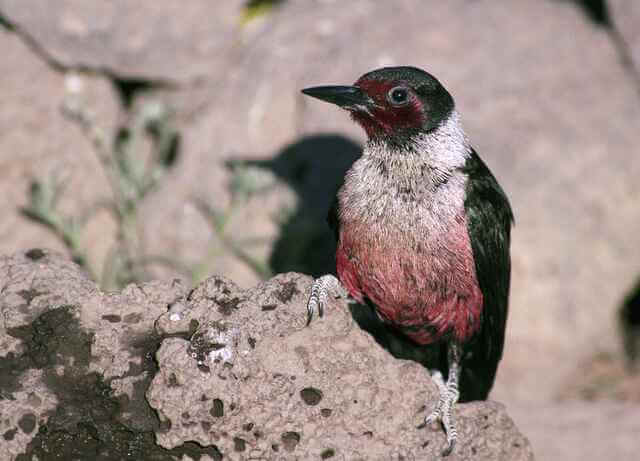
A Broader Perspective
The American Ornithological Society also has authority over English names of Latin American birds but plans to conduct discussions with ornithologists and organizations in Latin America before making any changes. This approach reflects a commitment to fostering collaboration and respecting the cultural significance of bird names in different regions.
Global Collaboration
The renaming of bird species extends beyond the borders of the United States and Canada. The American Ornithological Society acknowledges the importance of a global perspective and is actively seeking collaboration with experts and organizations in Latin America. This approach recognizes the cultural significance of bird names and ensures that decisions are made with sensitivity to the diverse perspectives of different regions.
- Respecting Cultural Significance: Collaborative discussions with Latin American ornithologists and organizations underscore the commitment to respecting the cultural significance of bird names. It acknowledges that the impact of bird naming extends far beyond national boundaries.
- A Truly Global Approach: The renaming initiative is not limited to a specific geographic area. It recognizes that birds migrate across borders, and their names should reflect a global perspective. This approach sets a precedent for inclusivity in ornithology on an international scale.
- Promoting Cross-Cultural Understanding: Collaborative efforts foster cross-cultural understanding, enabling ornithologists and bird enthusiasts from different regions to share their knowledge and perspectives. This exchange of ideas benefits the field as a whole.
Historical Bird Names
In the world of ornithology, bird species often bear the names of individuals who have made significant contributions to the field or have been commemorated for various reasons. This compilation presents a selection of historical bird names, featuring some of the bird species that have been named after people.
It’s important to note that this list is not exhaustive but provides a glimpse into the fascinating tradition of honoring individuals through avian nomenclature.
- Wilson’s Warbler (Cardellina pusilla) – named after Alexander Wilson
- Audubon’s Warbler (Setophaga auduboni) – named after John James Audubon
- Swainson’s Warbler (Limnothlypis swainsonii) – named after William Swainson
- Townsend’s Warbler (Setophaga townsendi) – named after John Kirk Townsend
- Bachman’s Warbler (Vermivora bachmanii) – named after John James Audubon and Reverend John Bachman
- Blackburnian Warbler (Setophaga fusca) – named after Anna Blackburne
- Brown-headed Cowbird (Molothrus ater) – named after Mark Catesby
- Clark’s Nutcracker (Nucifraga columbiana) – named after William Clark
- Lawrence’s Goldfinch (Spinus lawrencei) – named after George Newbold Lawrence
- Murphy’s Petrel (Pterodroma ultima) – named after Robert Cushman Murphy
- Smith’s Longspur (Calcarius pictus) – named after Gustavus A. Smith
- Pallas’s Gull (Larus ichthyaetus) – named after Peter Simon Pallas
- Bonaparte’s Gull (Chroicocephalus philadelphia) – named after Charles Lucien Bonaparte
- Townsend’s Solitaire (Myadestes townsendi) – named after John Kirk Townsend
- Heermann’s Gull (Larus heermanni) – named after Adolphus Lewis Heermann
- Glaucous-winged Gull (Larus glaucescens) – named after Johann Friedrich von Brandt
- Cooper’s Hawk (Accipiter cooperii) – named after William Cooper
- Lewis’s Woodpecker (Melanerpes lewis) – named after Meriwether Lewis
- Steller’s Jay (Cyanocitta stelleri) – named after Georg Wilhelm Steller
- Lesser Nighthawk (Chordeiles acutipennis) – named after Charles Lucien Bonaparte
- Harris’s Hawk (Parabuteo unicinctus) – named after Edward Harris
- Baird’s Sparrow (Centronyx bairdii) – named after Spencer Fullerton Baird
- Audubon’s Shearwater (Puffinus lherminieri) – named after John James Audubon
- Lesser Goldfinch (Spinus psaltria) – named after Charles Lucien Bonaparte
- Glaucous Gull (Larus hyperboreus) – named after Marmaduke Tunstall
- Hutton’s Vireo (Vireo huttoni) – named after William Rich Hutton
- Black Rosy-Finch (Leucosticte atrata) – named after Jean Louis Cabanis
- MacGillivray’s Warbler (Geothlypis tolmiei) – named after William MacGillivray
- Woodhouse’s Scrub-Jay (Aphelocoma woodhouseii) – named after Samuel Washington Woodhouse
- Hammond’s Flycatcher (Empidonax hammondii) – named after William Alexander Hammond
- Scott’s Oriole (Icterus parisorum) – named after William Henry Hudson
- Townsend’s Bunting (Emberiza townsendi) – named after John Kirk Townsend
- Pinyon Jay (Gymnorhinus cyanocephalus) – named after Thomas Say
- Harris’s Sparrow (Zonotrichia querula) – named after Edward Harris
- Vermilion Flycatcher (Pyrocephalus rubinus) – named after Charles Lucien Bonaparte
- Steller’s Eider (Polysticta stelleri) – named after Georg Wilhelm Steller
- White-headed Woodpecker (Picoides albolarvatus) – named after John James Audubon
- Nuttall’s Woodpecker (Picoides nuttallii) – named after Thomas Nuttall
- Brewer’s Sparrow (Spizella breweri) – named after Thomas Mayo Brewer
- Cassin’s Finch (Haemorhous cassinii) – named after John Cassin
- Sooty Shearwater (Ardenna grisea) – named after William Swainson
- Townsend’s Storm-Petrel (Oceanodroma socorroensis) – named after John Kirk Townsend
- McCall’s Longspur (Rhynchophanes mccownii) – named after George Archibald McCall
- Townsend’s Warbler (Setophaga townsendi) – named after David Douglas
- Nuttall’s Poorwill (Phalaenoptilus nuttallii) – named after Thomas Nuttall
- Franklin’s Gull (Leucophaeus pipixcan) – named after Sir John Franklin
- McCown’s Longspur (Rhynchophanes mccownii) – named after John Porter McCown
- Least Tern (Sternula antillarum) – named after Alexander Wilson
- Spotted Sandpiper (Actitis macularius) – named after Johann Friedrich Gmelin
- Forster’s Tern (Sterna forsteri) – named after Johann Reinhold Forster
- Ross’s Goose (Anser rossii) – named after Bernard R. Ross
- LeConte’s Sparrow (Ammospiza leconteii) – named after John Lawrence LeConte
- Townsend’s Ground Squirrel (Urocitellus townsendii) – named after John Kirk Townsend
- Nelson’s Sparrow (Ammospiza nelsoni) – named after Edward William Nelson
- Olive-sided Flycatcher (Contopus cooperi) – named after William Cooper
- LeConte’s Thrasher (Toxostoma lecontei) – named after John Lawrence LeConte
- Gambel’s Quail (Callipepla gambelii) – named after William Gambel
- Lawrence’s Warbler (Setophaga lawrencii) – named after George Newbold Lawrence
- Least Bittern (Ixobrychus exilis) – named after William Swainson
- Heermann’s Kangaroo Rat (Dipodomys heermanni) – named after Adolphus Lewis Heermann
- Beardless Tyrannulet (Camptostoma imberbe) – named after Isaac Sprague
- Botteri’s Sparrow (Peucaea botterii) – named after Marquis Domenico Botteri
- Cassin’s Kingbird (Tyrannus vociferans) – named after John Cassin
- Couch’s Kingbird (Tyrannus couchii) – named after Darius Nash Couch
- Curve-billed Thrasher (Toxostoma curvirostre) – named after Charles Badham
Please note that this list is not exhaustive, and there may be additional bird species that have been named after individuals.
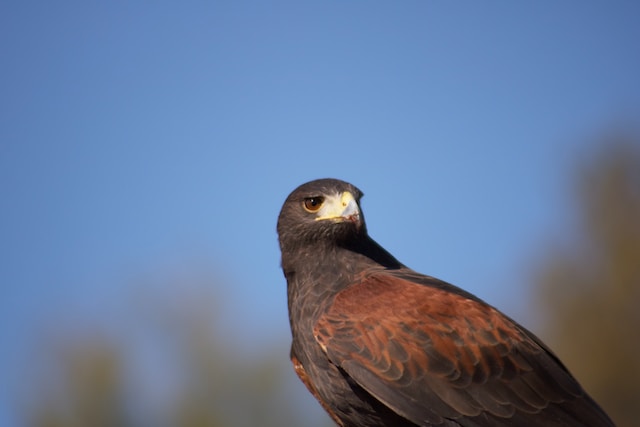
A Historical Shift
This move isn’t the first time bird names have been changed. In 2000, the society renamed a bird, now known as the Long-tailed Duck, to address concerns of derogatory associations with Native Americans. However, the consideration of social justice reasons as a basis for name changes gained traction in 2020, coinciding with global events that raised awareness about racism and inclusion.
A Changing Landscape
The renaming of bird species represents a historical shift in how we approach the naming of creatures in the natural world. While renaming birds is not a new concept, the consideration of social justice reasons as a basis for these changes gained significant traction in 2020. This shift coincided with global events that raised awareness about racism, discrimination, and the need for greater inclusivity.
- The Long-tailed Duck Example: The renaming of the Long-tailed Duck in 2000 serves as a historical precedent for addressing offensive or derogatory associations in bird names. This case demonstrated the capacity of the ornithological community to adapt and change.
- Influence of Global Events: The naming initiative in 2020 was influenced by global events that emphasized the importance of addressing issues related to racism and inclusion. These events prompted a reevaluation of bird names and their potential to perpetuate harmful stereotypes.
- A Growing Awareness: The birding community’s growing awareness of the impact of bird names on inclusivity and respect has driven the need for these changes. It reflects a broader societal shift towards greater sensitivity and social justice.
Highlighting Bird Characteristics
One of the advantages of renaming these birds is the opportunity to focus on their unique features rather than the
people they were originally named after. Descriptive names such as “Yellow Warbler” and “Golden Winged Warbler” can provide a more informative and engaging experience for bird enthusiasts.
A Focus on Characteristics
The renaming initiative opens the door to a more informed and engaging approach to bird appreciation. By using descriptive names that highlight the unique features of each species, bird enthusiasts can gain a deeper understanding of these remarkable creatures. This approach allows us to celebrate birds for their individual qualities, behavior, and ecological roles.
- Informative Naming: Descriptive names, such as “Yellow Warbler” and “Golden Winged Warbler,” offer a more informative experience. They provide valuable insights into a bird’s appearance, behavior, or habitat.
- Celebrating Uniqueness: Renaming birds based on their characteristics celebrates the diversity and uniqueness of avian species. Each bird is recognized for its distinctive qualities, fostering a deeper appreciation of the natural world.
- Engaging Bird Enthusiasts: Descriptive naming engages bird enthusiasts by encouraging them to explore and learn more about the species they encounter. It creates a stronger connection between bird and observer.
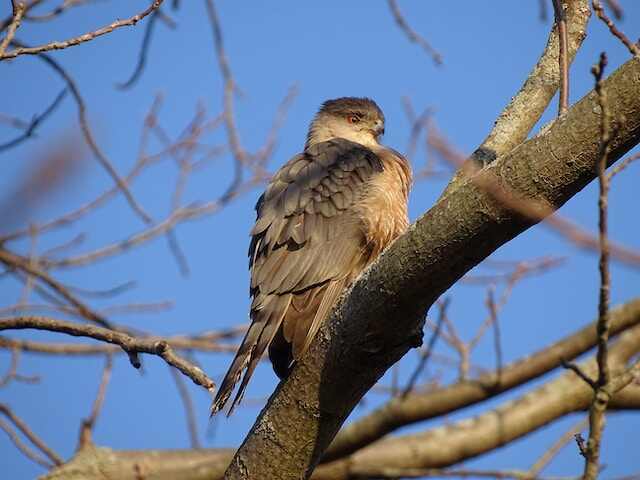
Conclusion
The decision to rename these birds demonstrates a commitment to fostering inclusivity, respect, and cultural sensitivity within the birding community. It is a step toward celebrating the avian world for its diverse and remarkable species, without the limitations of historical associations. In the end, this shift not only benefits humans but also offers a more accurate and appealing representation of the birds themselves.
In embracing this renaming initiative, the American Ornithological Society paves the way for a more inclusive and respectful approach to birding. This effort reflects a broader societal shift toward acknowledging the power of names and their impact on inclusivity and respect. As we move forward, we have an opportunity to celebrate the natural world, one bird at a time, for its unique qualities and contributions to the ecosystem.
In-Text Citation: (Greenfieldboyce, 2023)
Reference List Entry: Greenfieldboyce, N. (2023, November 1). Dozens of birds named after people are about to be renamed. NPR. https://www.npr.org/2023/11/01/1209660753/these-american-birds-and-dozens-more-will-be-renamed-to-remove-human-monikers

